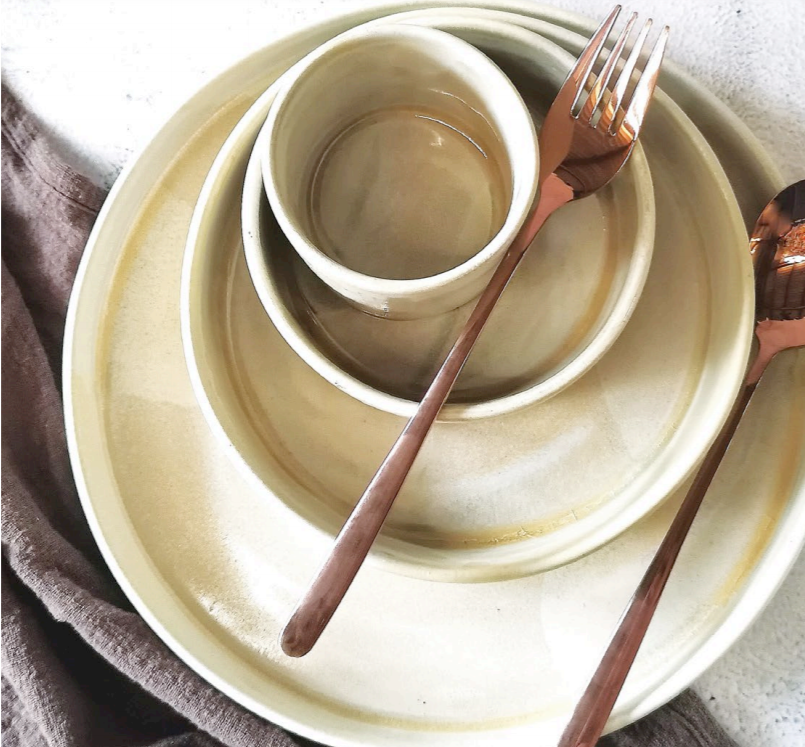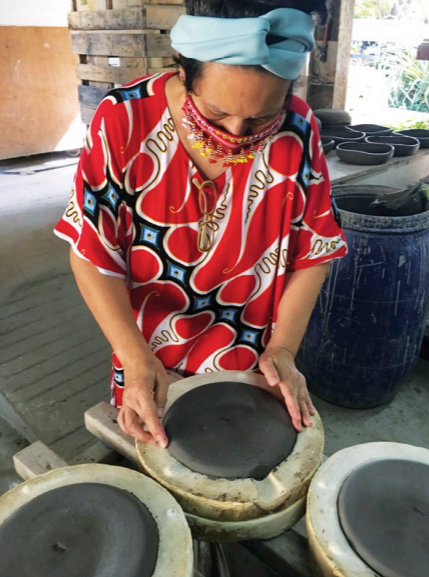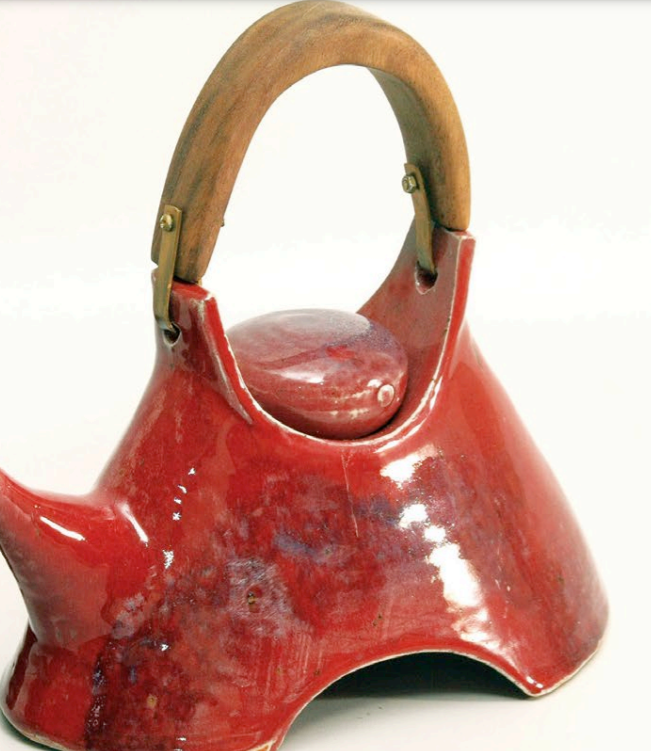In this article, Tatler speaks with some of the local potters who keep firing the kiln in this modern-day and age.
The discovery of a 3500-year-old secondary burial jar from the Manunggul Cave of Tabon Caves in Lipuun Point, Palawan proves that pottery in the Philippines started as early as the Neolithic period. Found in the early Sixties, the burial jar is incised with curvilinear scroll designs painted with hematite.
Its lid is etched with a boat with two human figures that symbolise two souls journeying to the afterlife. Up to this day, the Manunggul Jar is considered to be one of the finest Philippine precolonial artworks ever produced and a masterpiece of Philippine ceramics. Even back then, pottery items were created to suit household needs: palayok (pots) for cooking, tabo (native dipper) for scooping water, as well as dishes, vases, goblets, globular bottles and vessels for both essential and ornamental use.
The Philippine pottery tradition peaked during the Metal Age, from 200BC to AD900, when Filipinos at that time explored specialised pottery forms, designs and techniques—a period referred to as the Golden Age of Pottery. However, a downturn in the pottery industry was seen during the colonial period when trade in the Philippines started to decline as local populations and economies were disrupted and displaced because of the Manila Galleon Trade.
There was a decrease in domestic earthenware production, which somehow continued through the post-colonial period when only utilitarian ceramics, stoneware and porcelain products survived.
Today, Philippine pottery continues to flourish locally, with key players determined to put Philippine ceramics on the global map. We speak with some of them to know more about how Philippine pottery, its process and current state.
More from Tatler: Online Pottery Classes For Beginners: Where To Book This 2021










